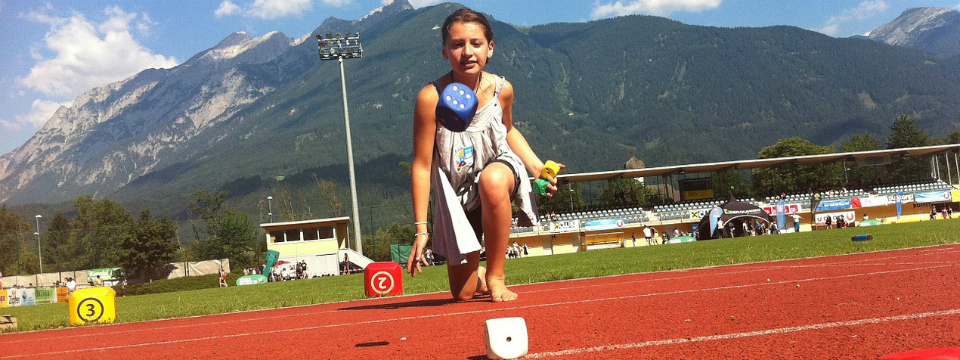Different roles different styles: Study explores mentoring roles.
 Different roles and different results: Is there an ideal mentoring style?
Different roles and different results: Is there an ideal mentoring style?
Keller, T. & Pryce, J. (2012). Different roles and different results: How activity orientations correspond to relationship quality and student outcomes in school-based mentoring. Journal of Primary Prevention, 33, 47-64.
Background:
Recent mentoring research has shown that the quality of the mentoring relationship has been linked with youth outcomes (Goldner & Mayseless, 2009). Questions remain, however, about which types of relationships and interactions constitute the most effective mentoring; thus, Thomas Keller and Julia Price designed an exploratory study to investigate such questions.
Current Study:
This study tracked 26 new BBBSA relationships among three public elementary schools in low-income urban areas. Students with social, emotional, behavioral, or family problems were matched one-to-one with a volunteer mentor from local businesses or organizations. Multi-method assessments (interview and questionnaire) were conducted at various time points; youth were asked to report on their own symptoms and behaviors, as well as their relationship and satisfaction with their mentor. Extensive on-site observations, from multiple reporters, during the weekly mentor-student meetings were used to characterize the type of relationship between each match. Four interaction styles were observed:
- Teaching Assistant/Tutoring: focus on schoolwork and other academic tasks
- Friend/Engaging: game-playing and conversation; competitive playfulness
- Sage/Counseling: verbal sharing, advice, warmth, and caring; more formal than “friend”
- Acquaintance/Floundering: difficulty and awkwardness
Findings:
Students matched with a sage mentor reported the most positive experiences, “these students felt closer to and more secure with their mentors, had more positive feelings during interactions, received greater support, and experienced less disappointment in their relationships.” In addition, these mentees demonstrated a significant reduction in depressive symptoms and aggressive behavior compared to other groups. On the other hand, “students with acquaintance style mentors had the worst relationship experiences with lower ratings in all areas, as well as reporting a greater desire for closer relationships with their mentors.” Students with acquaintance interactions actually experienced marked increases in aggressive behavior.
Implications:
The superiority of the sage relationships compared to the teaching and friend-type relationships leads Keller and Pryce to suggest that the sage/counseling type may represent the “ideal of a positive mentoring relationship.” They believe that the following behaviors characteristic of sages should be adopted in the training of future mentors: being “attentive and youth-centered, keeping their students positively engaged in the relationship, while also recognizing and exercising their ability to promote student learning and development.” This study unveils a mentor-mentee interaction type that is not only satisfying for both parties but results in positive youth behavioral outcomes. In addition, through its prospective and mixed-method approach, Keller & Pryce provide an exemplary framework for effectively evaluating youth school-based mentoring programs.
Conclusions:
Although, positive results can be gained from both teaching and friend type mentoring interactions, this study highlights that the sage relationship stands out above the rest. This type of relationship seems to offer the best of all interaction types as it results in the satisfaction that mentees experience with friendly/engaging mentors, while moving beyond the lack of intimacy typical of strictly academic mentor relationships. To put it simply, Keller and Pryce define this “ideal type” as a mentor’s ability to combine “friendly companionship with adult wisdom and counsel.”
Summarized by UMass Boston clinical psychology doctoral student, Laura Yovinne









